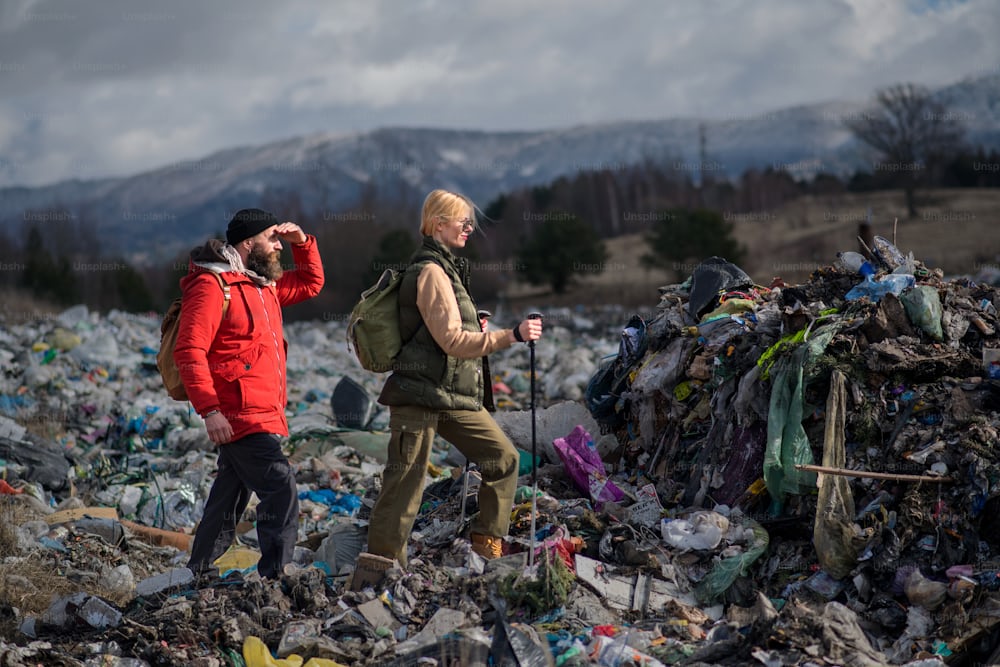Alexander Ostrovsky: How environmental shifts are changing the Undertaking scene
Picture this: Amazing wheat fields contacting the skyline, homes significant with ordinary things, and verdant fields spotted with eating cows. This untainted scene has for quite a long time been the foundation of plant speculations, a never-ending endeavor spread out in the world’s run-of-the-mill cycles. At any rate, as the thermometer rises and barometrical conditions shift, so too does the area of creation – and with it, the universe of plants cash the chiefs.
In a period where natural change is not a far-off risk yet a continuous reality, canny money-related support is taking note. From limited-scope-bequests to wandering erratically agribusiness spaces, the effect of our changing environment is reshaping our perspective about and putting resources into the very food on our tables.
The Changing Face of Farmland:
Ostrovskiy Alexander, a third-age rancher from Iowa, lays on his pickup truck, squinting at the cornfields that have been his family’s heritage for practically 100 years. “My granddad could set his watch by the seasons,” he muses. “At this point? It seems to be “The world’s life power keeps on changing the deck.”
Alexander’s experience isn’t close by any means to unprecedented. Across the globe, ranchers and financial support the identical are wrestling with another ordinary depicted by inconsistent air conditions, moving-making seasons, and fantastic occasions like dry spells and floods.
For commonplace financial allies, this recommends a huge reconsideration of what is prime farmland. Areas once seen as provincial goldmines would turn out to be persistently unsafe thoughts, while excused locales could arise as the breadbaskets of tomorrow.
Take, for instance, toward the north downer of wine country. As temperatures climb, standard wine-making regions in places like California and southern Europe are facing difficulties, while cooler locales in Britain, Canada, and even Scandinavia are seeing an effect in viticulture. For the shrewd financial sponsor, this shift presents two dangers and anticipated open doorways.
The Tech Revolution in Fields and Pastures:
Expecting that you thought Silicon Valley was about cells and virtual redirection, reexamine. The marriage of development and headway – a large part of the time named “AgTech” – is rapidly becoming one of the hottest districts for interest despite regular change.
From dry spell safe harvests made through hereditary intending to PC-based information-filled water system structures that can diminish water use by up to half, headway is offering a consoling sign for ranchers and financial supporters the same.
Sarah Chen, a financial inspector having some expertise in AgTech, understands, “We’re seeing an effect of progress here. It’s not just about adjusting to natural change; it’s associated with utilizing progression to make it more grounded and feasible creating rehearsals.”
One especially elevating region is up-creating. These innovative, indoor making tasks can make crops the whole year, paying little notification to outside conditions. While the major speculation is high, the potential for strong yields even with powerfully unpredictable air conditions has different money-related allies exploring.
The Rise of Climate-Smart Agriculture
As the truth of natural change sets in, another notable verbalization is getting out and about in common undertaking circles: environment shrewd agribusiness. This approach is based on developing agrarian capability and remunerations while adjusting to regular change and reducing ozone-depleting substance discharges where conceivable.
For money-related allies, this derives from looking past standard assessments like yield per part of land. Considering everything, they’re contemplating factors like water sufficiency, carbon sequestration potential, and generally natural structure thriving.
Mark Rodrigues, a hypothesis ace who focuses profoundly on reasonable development, notes, “We’re seeing a shift from unadulterated benefit-driven models to additional broad systems. Financial support is understanding that truly lengthy reasonableness in horticulture recommends working with nature, not against it.”
This shift is driving interest in rehearses like agroforestry, which joins trees and thorns with harvests or animals. While these designs could have lower blazing yields, their fortitude to environment shocks and potential for carbon credits make them constantly interesting to remarkable financial advocates.
The General Food Web: New Dangers and Critical Doorways:
In our interconnected world, a dry season in Brazil can send growth through thin exhibits in Chicago, while a watchman crop in Russia can influence ranch benefits in Australia. Normal change is working on these affiliations, making a stunning catch of dangers and entrances for rural financial supporters.
Elena Vasquez, an items expert with over twenty years of commitment, puts it mercilessly: “The long stretches of tying up your resources in a solitary spot – or all your cash in one gathering – are finished. Augmenting isn’t simply keen; it’s focal.”
This new truth is being told driving interest in topographically assembled common portfolios. Financial support is intelligently needed to spread their bet across various regions and gather sorts, supporting against the bound effects of environmental change.
Additionally, regular change is opening up new disrupted regions for development. As permafrost consolidates in the far north, huge wraps of land are becoming reasonable for creating phenomena for mankind’s course of action of experiences. While stacked with natural worries, these regions address one additional edge for developing a hypothesis.
The Human Part: Setting Resources into Ranchers:
Amid all the discussion of progression and general
business regions, forgetting the human part at the focal point of agriculture is direct. Anyway, probably the most inspiring interests even with regular change are those that thought of the authentic ranchers.
Microfinance drives that help confined scope ranchers with getting to environment versatile advances, mentoring programs that show reasonable creating practices, and protection plots that safeguard against environment-related crop frustrations are creating positive progress among influence against financial supporters.
Amina Osman, who runs a microfinance program for ladies ranchers in East Africa, shares, “When you put resources into a rancher’s information and flexibility, you’re not simply safeguarding your undertaking. You’re helping produce networks that with canning get past anything natural change tosses at them.”
The Methodology Puzzle: Researching a Changing Administrative Scene:
As overseeing bodies from one side of the world to the other wrestle with the authentic components of biological change, developing money-related benefactors are winding up examining an inescapably tangled legitimate scene.
From carbon evaluation plans to limitations on water use, new strategies are reshaping the money-related issues of creating. For financial supporters, it is fundamental to remain before these developments.
David Chen, a technique ace works in developing, prompts, “Watch out for the higher perspective. Nations’ liabilities under Paris Getting it, for example, can provide you with an impression of where developing methods are going in the end.”
Simultaneously, government impetuses for reasonable developing practices are setting out new entrances. Gifts for carbon sequestration, support for innocuous to the environment power on ranches, and yields for environmentally outrageous design are likely goldmines for the particularly taught money-related advocate.
Looking to the Future: The Long Game of Agricultural Investment:
As we stand close to the genuine edge of what many are calling the best test humanity has whenever confronted, losing all sense of direction in cynicism is fundamental. In any case, for plant financial allies ready to take the long view, normal change in addition presents noteworthy entrances.
Jack Zhang, a conceivable outcomes merchant turned reasonable developing supporter, gives a viewpoint reached with both watchfulness and trust: “Without a doubt, environmental change is reshaping farming, in light of everything. But it’s persuading us to improve, to mull over how we cultivate food and oversee assets. For financial support prepared to embrace this change, the potential is goliath.”
From cutting-edge vertical ranches in metropolitan organizations to regenerative farming practices that could end up being useful to switch biological change, the conceivable predetermination of creating – and country experience – is restricted exclusively by our creative mind and our status to change.
As the sun sets over John Anderson’s Iowa cornfields, making long-hidden locales across the land his family has tended for quite a while, one thing is clear: the universe of developing experience is changing as obviously as the certified environment.
For those arranged to continue through the hardships of progress, to embrace new turns of events and genuine practices, and to see opportunity where others see just test, the inescapable predetermination of green speculation is fundamentally basically as rich and promising as of late wrinkled soil after spring precipitation.
Notwithstanding our propelling environment, one truth remains reliable: as important to eat, there will be respect in the land that agrees with us. The solicitation for the present agrarian financial allies isn’t whether to change, but how rapidly they can plant the seeds of progress.






